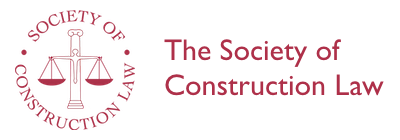'How is that even possible?' Raising Construction Regulation from the Ashes of Grenfell Tower
Matthew Bell
March 2018
A paper based on the first prize winning entry in the Hudson essay competition 2017 presented to the Society of Construction Law at a meeting in London on 8th May 2018
The paper explores the challenge for construction law regulation identified in the wake of the Grenfell disaster, and similar residential building fires around the world.At its heart, the challenge is to devise effective legal means by which dwellings can be built, and maintained, so that they remain safe for their residents.Achievement of this ambition may appear straightforward; however, the complex interplay of commercial, technical and legal pressures involved in modern urban developments means that the regulatory regime needs to be carefully calibrated.
Matthew Bell examines the approach taken to re-thinking the regulatory system for residential building by reviews which have been instigated as a result of these fires, in the UK and Australia.Prominent amongst these reviews is that of Dame Judith Hackitt in the UK, which published its Interim Report in December 2017.This Report shows a clear intention towards an holistic reassessment of measures and philosophies which underpin the current regulatory regime, including performance-based specification.As the paper notes, a similar willingness to reassess regulatory strategies has been shown in Australia, with significant reforms recently enacted or in prospect.
A. Introduction - B. The Grenfell Inquiries - 1. Moore-Bick - 2. Hackitt - C. Can regulation keep us safe in our homes? - 1. A view through an analytical lens: regulatory theory - 2. Flammable cladding: the case for regulatory intervention - D. The regulatory response to flammable cladding - 1. Prescription or performance-based? - 2. Alternatives to blanket product bans - E. Conclusion.
The author: Matthew Bell is Senior Lecturer and Co-Director of Studies, Construction Law, Melbourne Law School, The University of Melbourne, Australia.
Text: 16 pages
